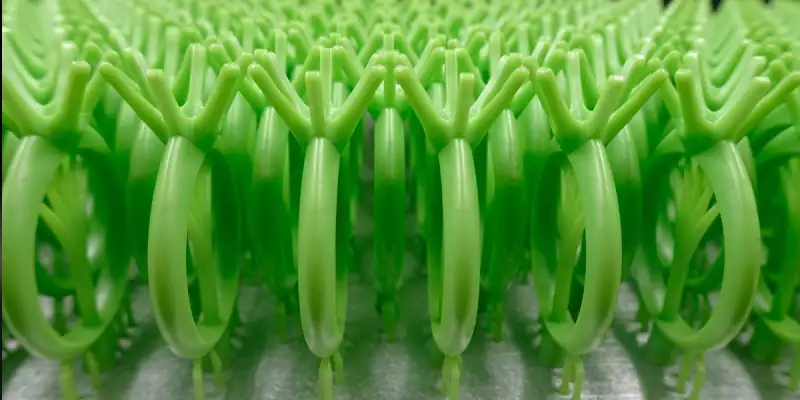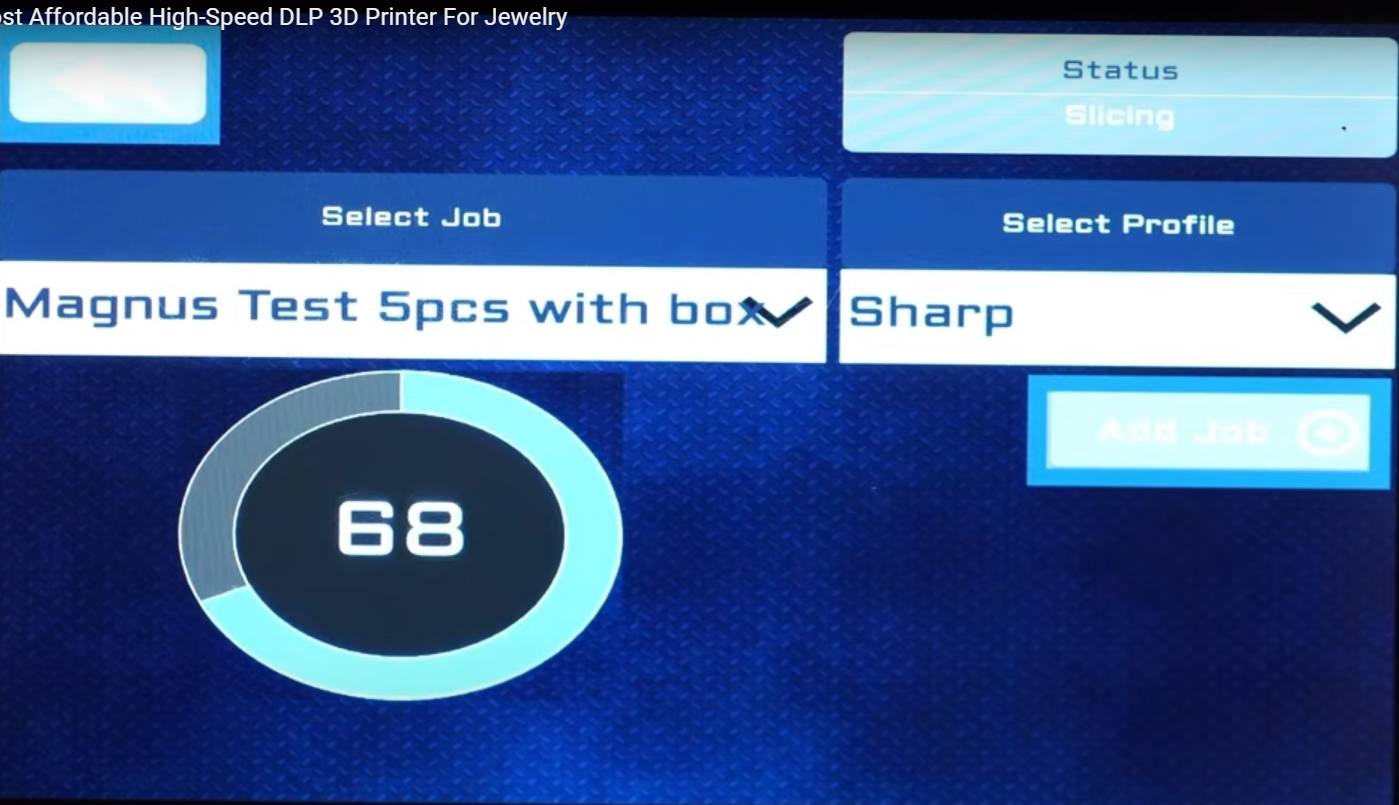A Comprehensive Guide on 3D Printing for Jewelry
A COMPREHENSIVE GUIDE ON 3D PRINTING FOR JEWELRY
In the field of jewelry, 3D printing has grown into a more common solution. The new technology opens up a lot of new opportunities for jewelry creation while also allowing for flexibility and creativity. The art of making jewelry has changed over time, and technical improvements have greatly contributed to its evolution. 3D printing is one of the recent revolutionary developments in jewelry production.
A piece of jewelry must first be modeled using CAD-CAM software before being printed with 3D printing. You can use any 3D design program, however at the moment, there are programs specifically for jewelry, such as RhinoJewel, RhinoGold, or MatrixGold. After selecting this technology, it is possible to create complex tasks for each client as well as intriguing models. To ensure that the final product will be exactly as intended, the technology can also be utilized for prototyping.
WHY DO WE USE 3D PRINTING FOR JEWELRY?
There are primarily two methods for printing jewelry. One is not too dissimilar from conventional casting methods another is direct 3D printing, which is just now making inroads into the jewelry industry. Traditionally, jewelry was produced by hand, which required a great degree of skill, perseverance, and accuracy. Even while the allure of handcrafted jewelry remains, 3D printing has completely changed the market in various ways.
FLEXIBILITY IN DESIGN
It would be practically impossible to make detailed and complex patterns by hand, but designers can. This method pushes the boundaries of jewelry creation by making it possible to produce asymmetrical, organic, and geometrical designs.
INTRICATE GEOMETRIC PATTERN
A propensity for creating items with geometry that is so complex that only CNC machines can make it.
SPEED
The pace is noticeably faster than other alternative techniques
COST SAVINGS
Even though 3D printers might be pricey, labor expenses can be drastically decreased over time. The manufacturing process is automated which boosts productivity and lowers production costs.
CONSISTENCY
Every product produced with 3D printing is an exact duplicate of the digital design. This uniformity guarantees customers to obtain exactly what they perceive in the design
SWIFT PROTOTYPING
Designers can swiftly make prototypes and test out various ideas thanks to 3D printing. This shortens the overall time and streamlines the design process.
THE SLA AND DLA
You may create multiple molds at once with the SLA and DLP 3D printers.
THE PROCESS OF JEWELRY 3D PRINTING
Let's now explore the detailed steps involved in 3D printing jewelry:
1. Designing Process: A computerized 3D model of the jewelry is first created using computer-aided design (CAD) software.
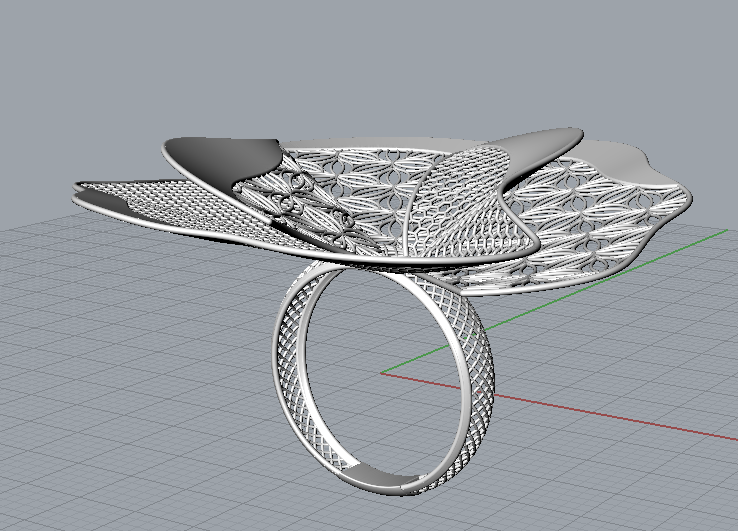
2. Slicing the Model: Slicing is the technique of dividing the digital 3D model into a series of thin horizontal layers. Then these different layers function as a blueprint that the 3D printer may use to construct the actual object.
3. Printing Services: The 3D printer receives the sliced design and builds the object step-wise using resin or metal powders. The type of jewelry being manufactured will determine the type of 3D printer and material used.
4. Ending Details: To enhance the jewelry piece's aesthetic appeal, any further elements (such as jewels or engravings) are added after it has been finished.
5. Final Examination: To make sure the finished product meets the needed standards; quality control is crucial. The finalized product undergoes one last assessment to make sure it satisfies the demands of the client and designer.
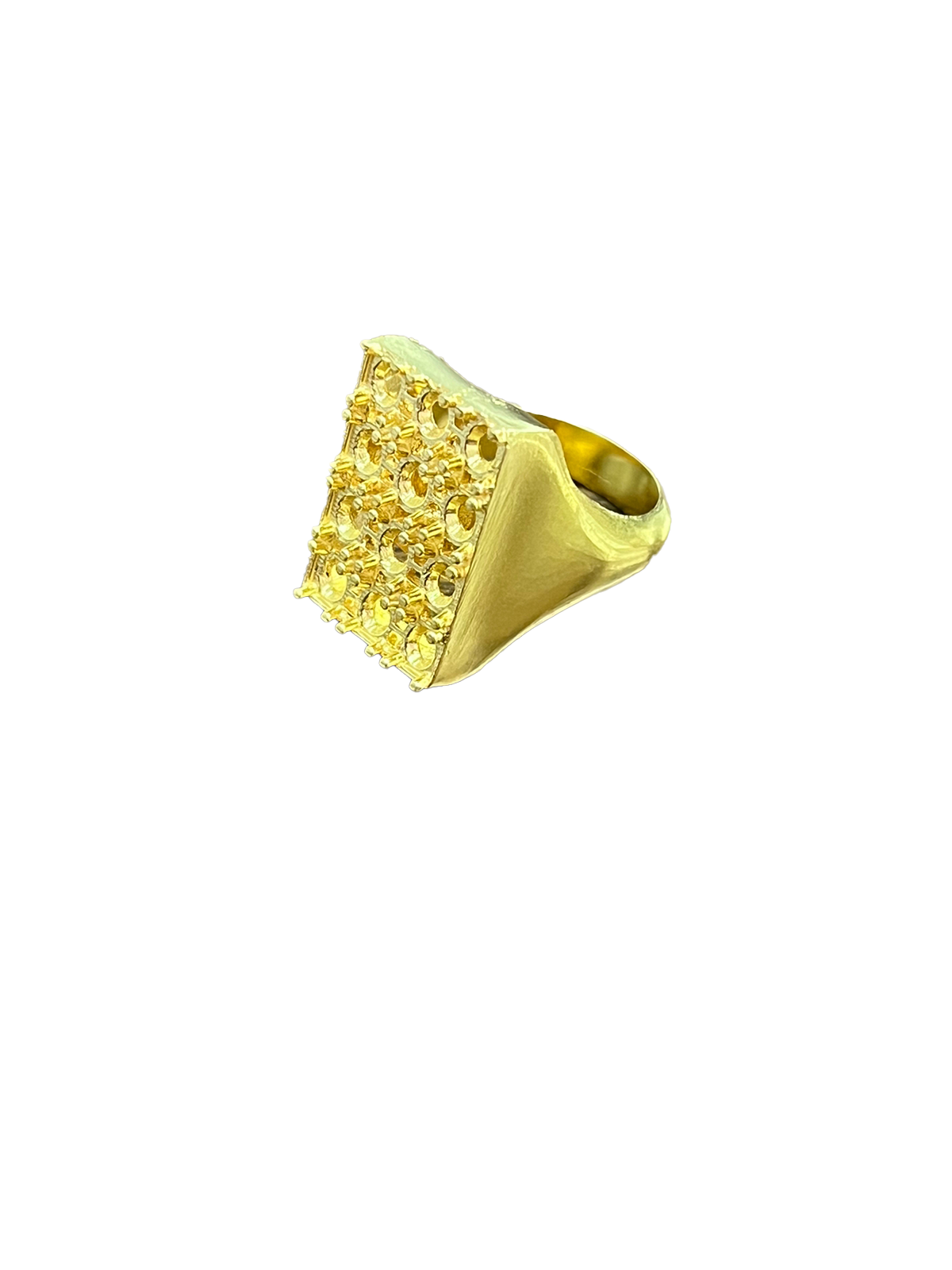
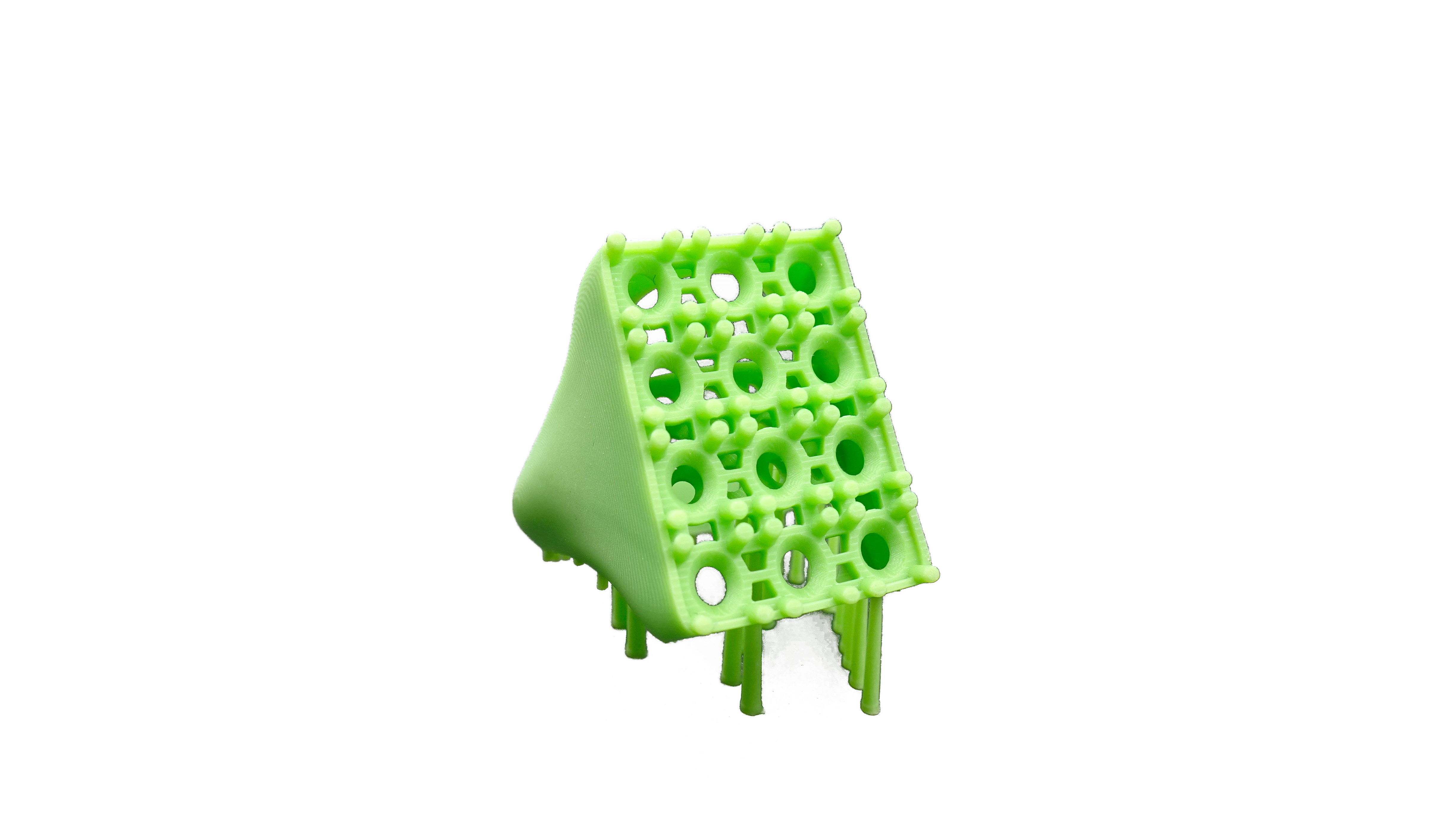
TECHNOLOGY USED IN JEWELRY 3D PRINTING
In the jewelry sector, the following 3D printing methods are most frequently employed:
· Stereolithography (SLA)
With the use of this technology, you may print designs that are impossible to produce manually using techniques like micro-fusion wax casting. Jewelers has created a variety of materials designed for 3D printing jewelry. This, together with a reasonable price, has made using this equipment in numerous workshops, schools, and jewelry factories feasible.
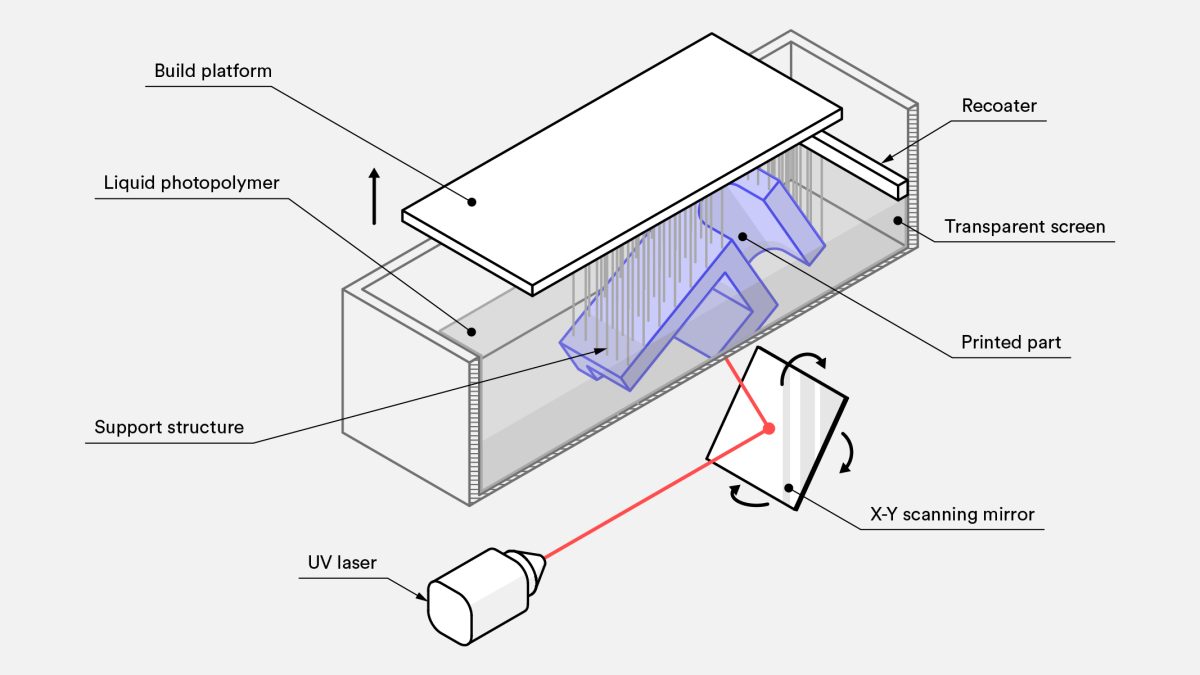
· Selective Laser Sintering (SLS Y DMLS)
SLS 3D printing for plastic and DMLS 3D printing for metal are two distinct kinds of Selective Laser Sintering Technologies. SLS printers primarily employ polyamide powder, which has excellent mechanical properties and durability. They can print with elastic substances like TPE and TPU in addition to polyamide.
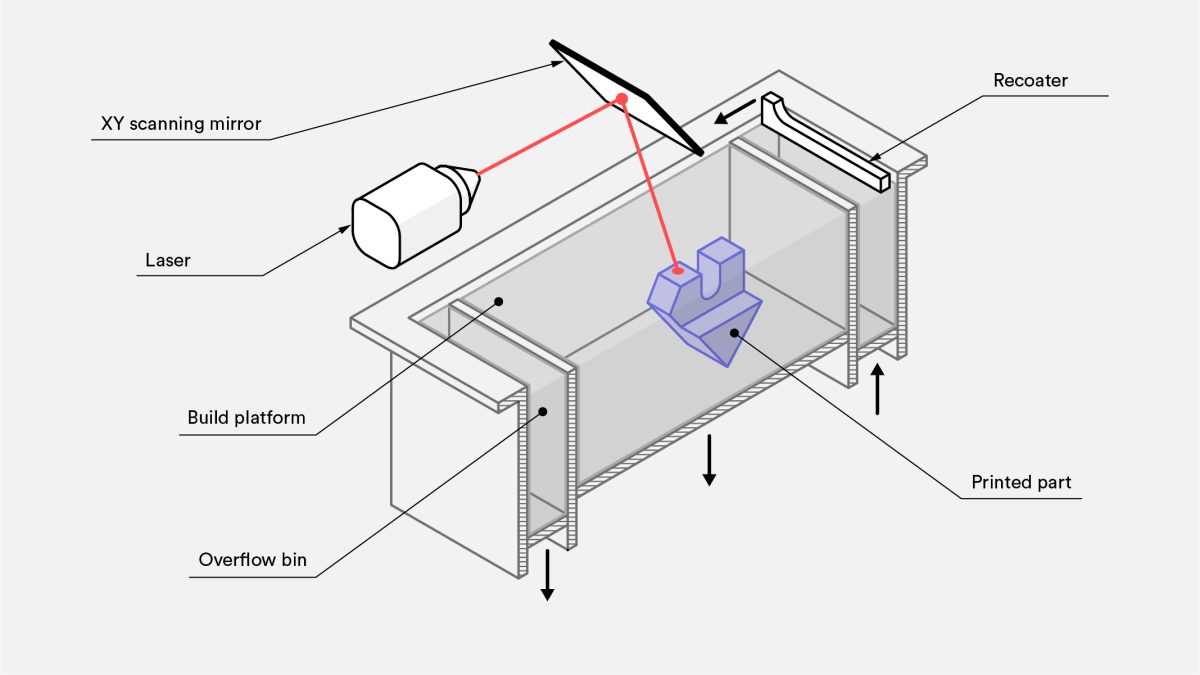
· Fused Deposition Modeling (FDM)
The employment of this 3D printing method in the jewelry industry is the least common. This is due to the inability of this technology to satisfactorily execute extremely complicated, elaborate, or small-scale designs.
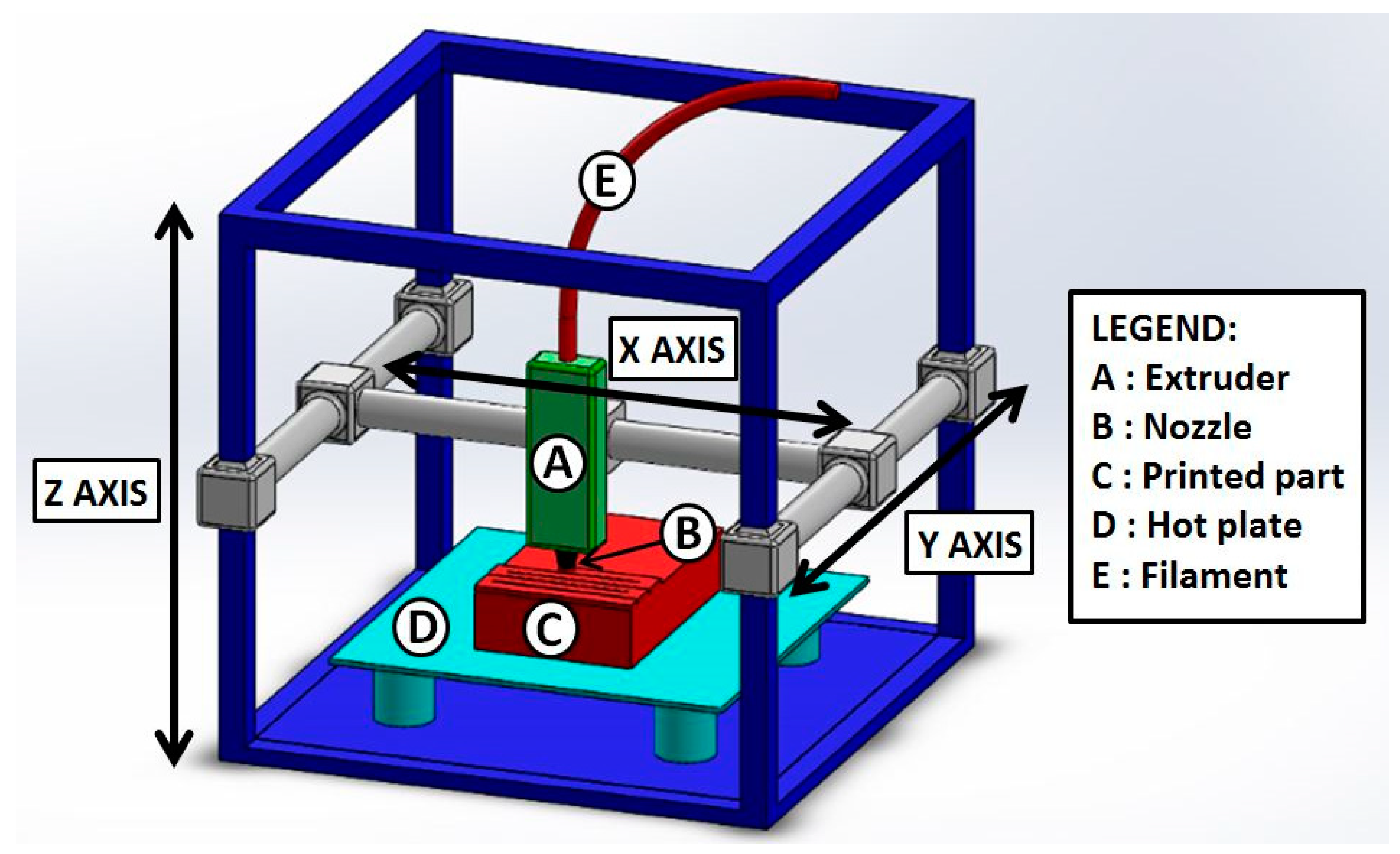
Two particular kinds of 3D printing technologies that are frequently utilized in the jewelry-making process are LCD (Liquid Crystal Display) and DLP (Digital Light Processing). For the jewelry business, both DLP and LCD 3D printing technologies provide significant benefits by offering a smooth combination of speed, detail, and precision.
· DLP (Digital Light Processing)
A digital light projector is used in DLP technology to cure liquid resin layer by layer. When the UV light from the projector reaches the resin, it solidifies. Layers produced by DLP printers are made up of voxels, which are pixels in three dimensions. High accuracy and outstanding detailed capabilities are well-known features of DLP 3D printing. When it comes to printing speeds, DLP is well-known for being comparatively quicker than certain other resin-based technologies. It is particularly good at creating the intricate and delicate geometries that are frequently used in jewelry making.
One prominent entity that has achieved noteworthy progress in the field of DLP 3D printing is Protospeed FZE (https://protospeedfze.com/). Known for its dedication to state-of-the-art technology and creativity, Protospeed FZE has made a name for itself as a leading supplier of DLP 3D printing solutions. Their cutting-edge DLP printers are capable of handling the complexities of jewelry creation and provide incredibly accurate and detailed results.
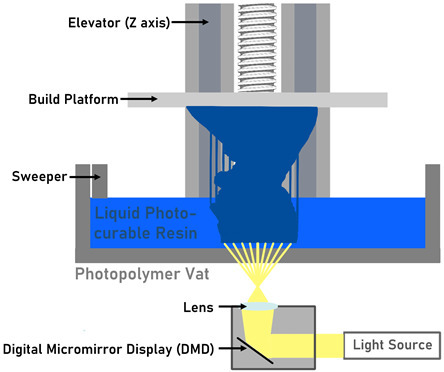
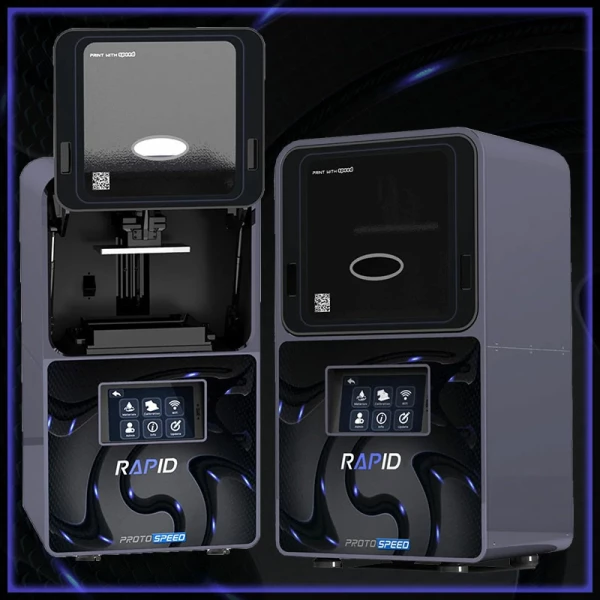
· LCD (Liquid Crystal Display)
LCD 3D printing has similarities to DLP, however, it cures the resin using a different method. The most popular type among makers and enthusiasts are liquid-crystal display (LCD) printers. LCD uses a series of liquid crystal display screens rather than a digital light projector to precisely control the amount of UV light that reaches the resin and cures it. Jewellery designers can select materials that meet specific design criteria thanks to the versatility of LCD technology, which can handle a wide range of resin materials.
OBSTACLES TO 3D PRINTING JEWELRY
While 3D printing has many benefits, there are some drawbacks as well:
· Expensive Upfront Fees
For small-scale jewelers, the expense of purchasing a 3D printer and supporting software can be prohibitive.
· Complexity of Post-Processing
To produce a high-quality finished product, the post-processing procedures, such as buffing and finishing, call for expertise and work.
· Small Scale
The size of a 3D printer might limit the range of jewelry production. Standard-sized printers might not be able to produce massive, bulky things.
· Physical Restrictions
While there are many materials available, some might not work well with certain designs or might have strength or durability restrictions.
In the jewelry industry, 3D modeling and printing have established a place for themselves, and an increasing number of businesses are incorporating these technologies into the design and production of jewelry. As technology develops, 3D printing in jewelry appears to have a bright future. This thorough introduction should aid you in better understanding this intriguing nexus of art and technology, whether you are interested in jewelry making or simply the topic of 3D printing. Visit www.protospeedfze.com to get in touch with us for more information.

